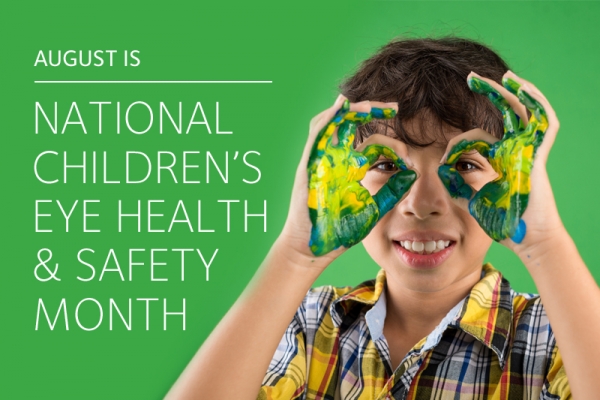What to Expect During an Eye Exam
Pediatric groups in the U.S. have developed a national standard of care for children’s eye health exams.
Children’s eye exams should include the following components:
- Inspection of the eye: The health care provider inspects the eyes and eyelids, exams the various eye muscle movements, and examines the pupils and the reflection of light from the back of the eye.
- Ophthalmoscope: In older children, the eye care professional examines the back of the eye.
- Corneal light reflex testing: Using a small flashlight, the health care provider looks at spot where the light is reflected from the front surface of the eye, called the cornea. The light reflected should be in sharp focus and centered on both pupils. The test result is abnormal if the corneal light reflex is not crisp and clear, or if it is off-center.
- Cover testing: This test detects misalignment of the eyes. While the child focuses on a target, the examiner covers each eye one at a time to look for a “shift” in the eyes.
- Age appropriate visual acuity testing: Using an eye chart, the examiner asks the child to read numerous lines of characters. It is important to test each eye separately and to be sure that the child is not “peeking” with the other eye.
Your child’s health care provider may also ask you the following questions:
- Does your child seem to see well?
- Does your child hold books or other objects close to his or her face?
- Do your child’s eyes appear straight and focused? Or do they seem to cross or drift?
- Do your child’s eyes appear unusual in any way?
- Do your child’s eyelids droop or does one eyelid tend to close more than the other?
- Has your child ever had an eye injury?

